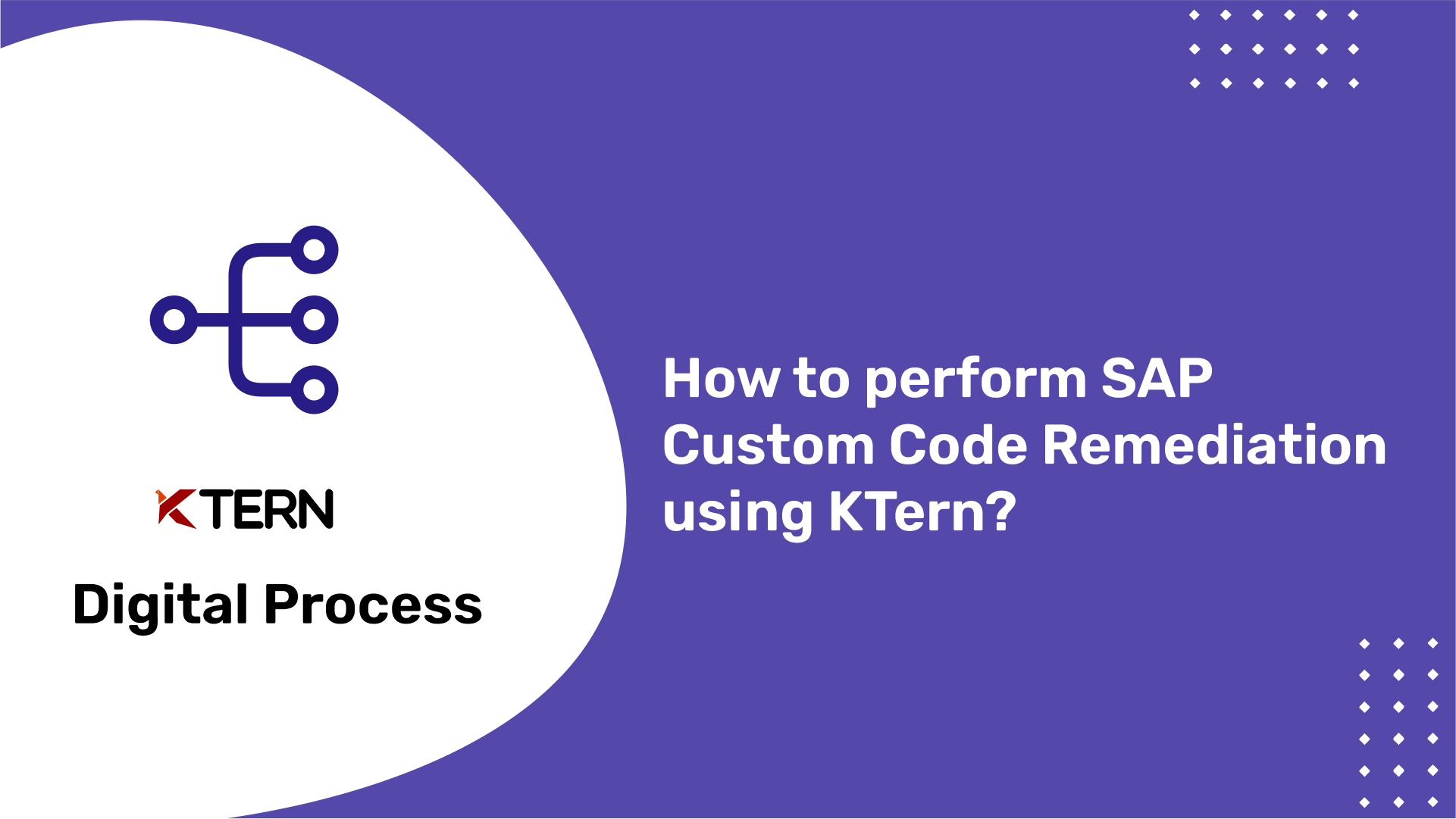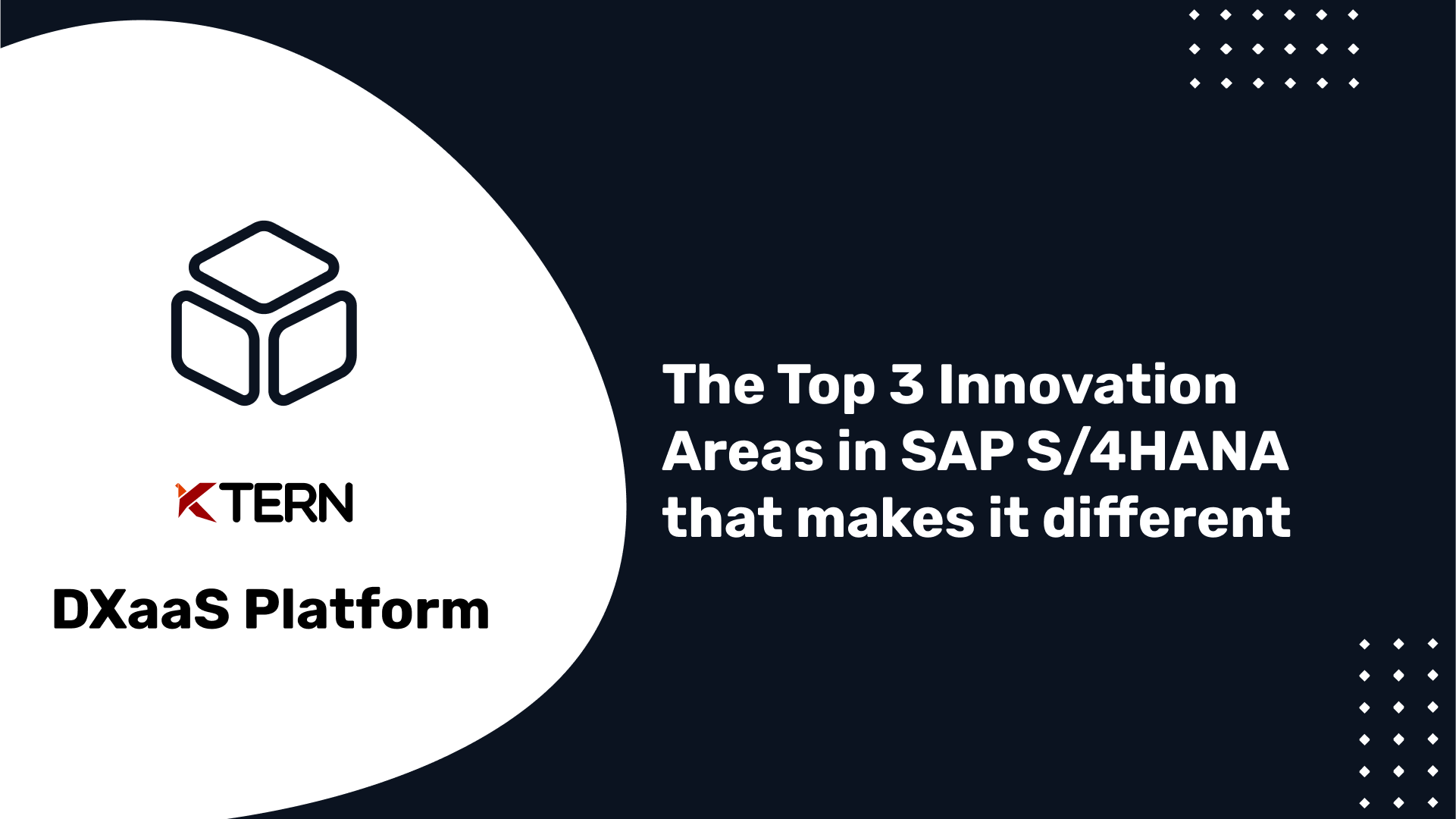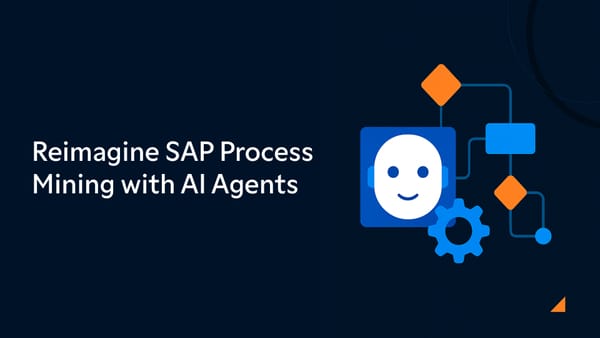The Top 3 Innovation Areas in SAP S/4HANA that makes it different
Table of contents
- Introduction
- SAP HANA
- Modernization of applications
- SAP Fiori
- Design guidelines for SAP Fiori
- Relationship Between SAP ERP and SAP S/4HANA Offerings
- Early days of SAP S/4HANA
- Next Steps
Introduction
SAP S/4HANA is SAP’s next-generation business suite. It is a new product from a shipment and licensing perspective; however, it is built on over 40 years of knowledge and experience.
One of the main principles for the development of SAP S/4HANA is to enable an “upgrade-like” experience for all customers who want to bring their existing SAP ERP system to the digital era and SAP S/4HANA. To enable innovation while also ensuring a smooth transition for existing customers, SAP took a copy of SAP ERP as the basis for SAP S/4HANA, then started to modernize, simplify, and extend the existing solutions.
This transformation happened, and still happens, in essence, in three main areas:
SAP HANA
The foundation of SAP S/4HANA is SAP HANA as the underlying database and platform for innovation. With that, you get all the advantages of SAP HANA in SAP S/4HANA, in particular the ability to process huge amounts of data and the availability of various engines for planning, predictive analytics, and so on.

Converting an existing SAP ERP system to SAP S/4HANA requires a database migration from the traditional relational databases to the SAP HANA database (if not already done). The database migration can happen in the same project as the conversion to SAP S/4HANA.
Modernization of applications
- Another big innovation pillar is the modernization of the applications themselves. This includes a simplification of the data model (for example, no aggregates and data duplications), elimination of redundant functionality on application level, and enriching the solution with new innovations.
When converting an SAP ERP system to SAP S/4HANA, you need to do some adjustments on application level and for custom code.
- When simplifying the data model, SAP made sure that most of the traditional transactions still work as before without effort. This is achieved via compatibility views: the SELECT on an obsolete table (for example, an aggregate) is automatically redirected to the new table (for example, the line item table). This is also true for custom code.
Read: The complete guide to Custom Code Remediation using KTern

SAP Fiori
-
All modernized application areas in SAP S/4HANA use a new Web-based and role-based user interface known as SAP Fiori allowing end users to prioritize their work based on KPIs updated in real time with every transaction within the system.
-
In addition to this new Web user interface, SAP GUI is still supported for all traditional processes. However, new and innovative applications or processes are only developed (and thus only available) with the new Web UI.
Read: Transform the way you use SAP using relevant Fiori Applications

Design guidelines for SAP Fiori
All facets of the SAP Fiori user experience are covered by a set of detailed design principles. The rules are continually revised to reflect the most recent developments. They are based on best practises from SAP and the design community.
Role-based: It is created to meet your individual needs and to function the way you and your company do.
Delightful: It enhances user productivity by enhancing the whole work experience.
Coherent: Regardless of the current action being taken, the visual design is constant across the entire platform, providing regularity throughout a user's experience.
Simple: SAP Fiori's functionality is straightforward and simple. Users can move about and carry out tasks with ease.
Relationship Between SAP ERP and SAP S/4HANA Offerings
As mentioned before, SAP S/4HANA developments started with a copy of the SAP ERP codebase, and development then transformed and modernized the solution.
As a result, SAP has two different code lines: one for traditional SAP ERP applications and another for the modernized SAP S/4HANA applications. From these two code lines, SAP ships the following different products:

Relationship Between SAP ERP and SAP S/4HANA Offerings |
SAP ERP |
SAP S/4HANA(On Premise) |
SAP S/4HANA Cloud |
| SAP ERP contains the traditional applications. | SAP S/4HANA (on premise) includes modernized capabilities in Financials and Logistics, |
SAP S/4HANA capabilities are also shipped as public cloud offerings, generally called SAP S/4HANA Cloud |
SAP ERP
SAP ERP contains the traditional applications. Innovations are shipped within enhancement packages. SAP ERP is available on any database (including SAP HANA). However, SAP will stop maintenance for SAP ERP by 2027
SAP S/4HANA(On Premise)
-
SAP S/4HANA (on premise) includes modernized capabilities in Financials and Logistics, complemented with functionality not yet modernized from the SAP ERP code line (“compatibility scope”). As a result, SAP S/4HANA already provides, from the very first release, a functional scope comparable to SAP ERP.
-
It is expected that the scope of the modernized functionality and new innovations will grow with each subsequent version of the SAP S/4HANA software. Technically, the complete scope is shipped as a new software solution. SAP S/4HANA on-premise edition 1511 was the first release, followed by SAP S/4HANA 1610, SAP S/4HANA 1709, SAP S/4HANA 1809, SAP S/4HANA 1909 and SAP S/4HANA 2020
SAP S/4HANA Cloud
- SAP S/4HANA capabilities are also shipped as public cloud offerings, generally called SAP S/4HANA Cloud
Early days of SAP S/4HANA
-
In the early days of SAP S/4HANA, SAP S/4HANA Finance capabilities (and Finance only) were shipped also as an add-on to SAP ERP. The following releases are available:SAP S/4HANA Finance, on-premise edition 1503 for SAP ERP 6.0 EHP7 and SAP S/4HANA Finance 1605 for SAP ERP 6.0 EHP8.
-
There are currently no plans to ship additional versions of this add-on. Because SAP S/4HANA (on premise) is much richer in Finance functionality and has structural differences compared to the SAP S/4HANA Finance add-on (for example, redesign of actual costing in material ledger or additional currencies in SAP S/4HANA), it does not make sense to seriously consider the SAP S/4HANA Finance add-on as a deployment option anymore.

It is important to distinguish between the product versions of SAP S/4HANA and the deployment options for the solution. SAP S/4HANA is a typical on-premise software package and can be installed in the customer’s data center, hosted by partners, or hosted in the SAP HANA Enterprise Cloud. SAP S/4HANA Cloud is a software-as-a-service offering by SAP.
Next Steps
Choosing the right tool for your migration journey is very important for organizations. To help you throughout the S/4HANA transformation we are here with our powerful DxaaS suite. To learn more about our products, feel free to contact us and experience our demo version to have more understanding of the product.



